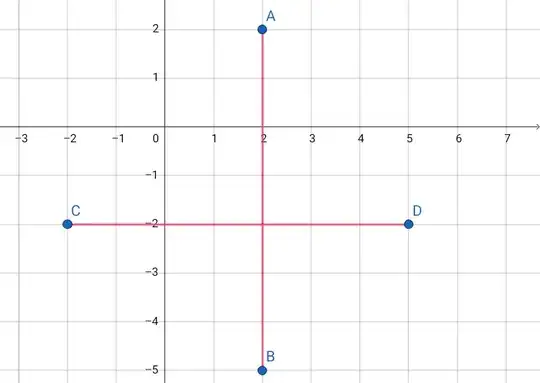The answer by Haran is incorrect, and the answer by Draconis is a bit unclear. Specifically, one cannot say that "$0·∞$ can take any value". In the first place, "$1/0$" is ill-defined when $1,0$ are ordinary reals, so there is no way to get any such thing as a real $\infty$. Thus "$0·∞$" is simply a meaningless expression unless you give a rigorous definition of "$∞$" as some mathematical object. For example, you could very well let $∞ = 8$ even if it is unconventional.
Of course, in real analysis we often have limits to infinity, but that is not the same as just doing an illegal division by zero. We normally define "$\lim_{x→c} \cdots = ∞$" as merely notational short-hand for some formal statement, and not that the limit expression has a value that is equal to something called $∞$. That is why we cannot write "$\lim_{x→0} \cos(1/x) ≠ ∞$" because in the first place "$\lim_{x→0} \cos(1/x)$" is undefined.
Also, although it is true that $\lim_{x→0} 1/x^2 = ∞$, it is meaningless to write "$1/0^2 = ∞$" (unless you're not working with ordinary reals, in which case you must know precisely what you're doing).
Draconis' answer is unclear, because you must very clearly understand that "$0·∞$" is not an expression with a value. Rather, it is merely a string of symbols. (See this related post about the difference between $0^0$ and the form "$0^0$".)
As for your initial question, your mistake is right at the beginning; your equation for a vertical line is wrong. In general, the equation of a line in the $x,y$-plane is { $ax+by=c$ } for some reals $a,b,c$. You cannot divide the equation by $b$ if $b=0$. So you cannot even get to the point of 'computing' the slope of a vertical line.
But there are correct versions of the facts you're interested in:
Given any line $L$ in the $x,y$-plane with equation { $ax+by=c$ }, the slope of $L$ is the ratio $-a:b$.
Given any perpendicular lines $L,M$, their slopes $a:b$ and $c:d$ satisfy $a:b = -d:c$.
Note that $1:0$ and $0:1$ are both valid ratios! "$0:0$" is not a valid ratio. (At least one must be nonzero.) Two ratios $a:b$ and $c:d$ are equal iff $ad = bc$. In particular, notice that $1:0 = -1:0$.
Also note that this formulation handles all kinds of lines correctly (without facing illegal division by zero).
